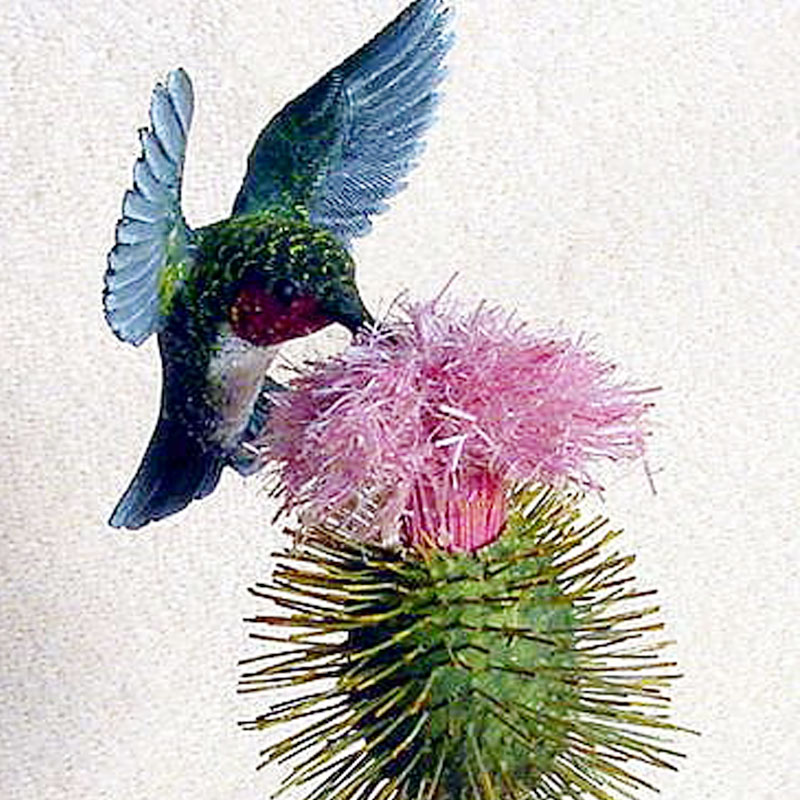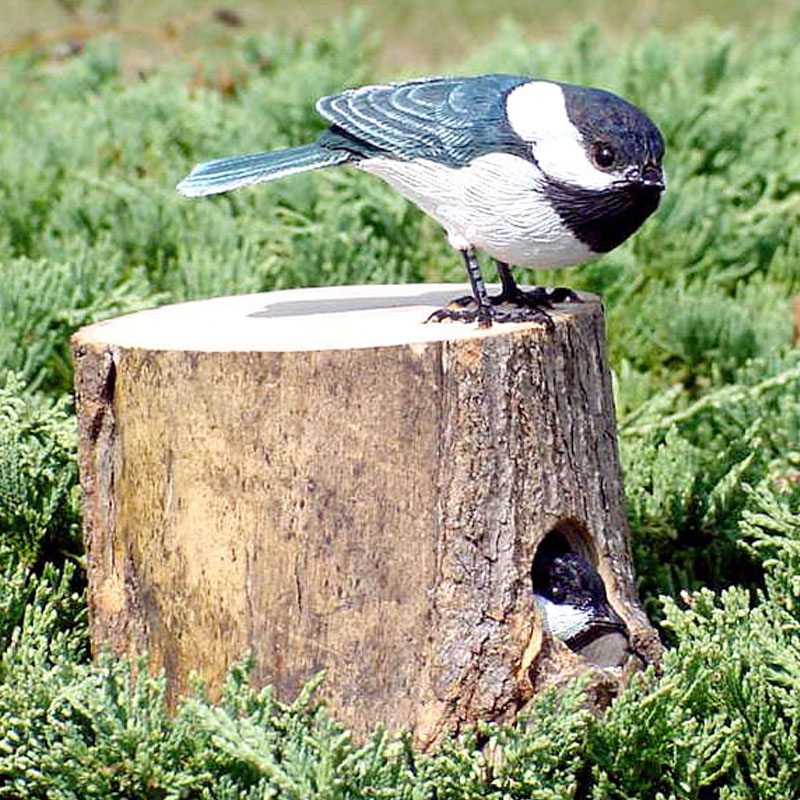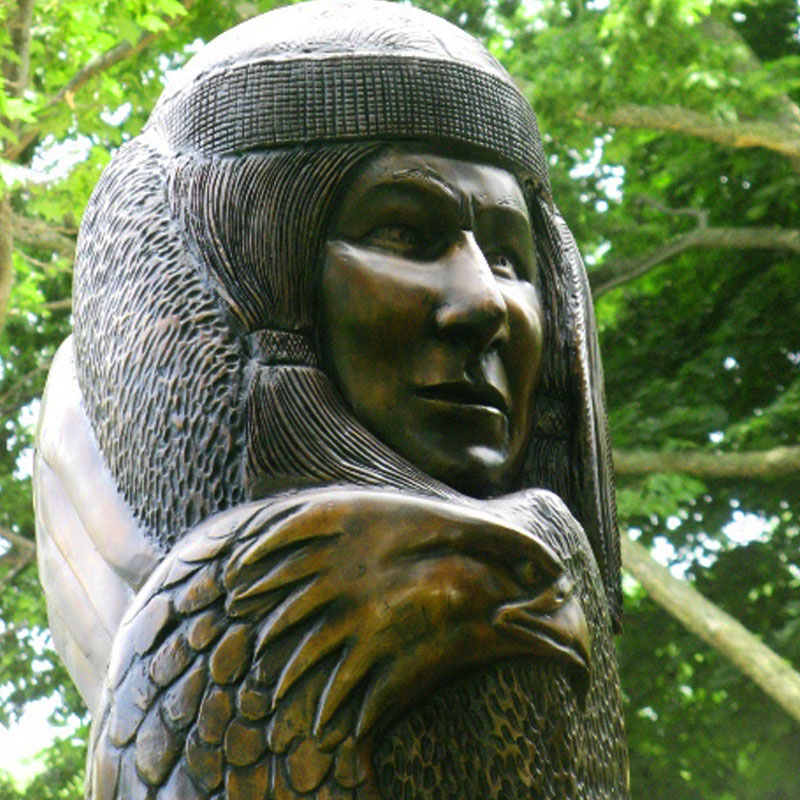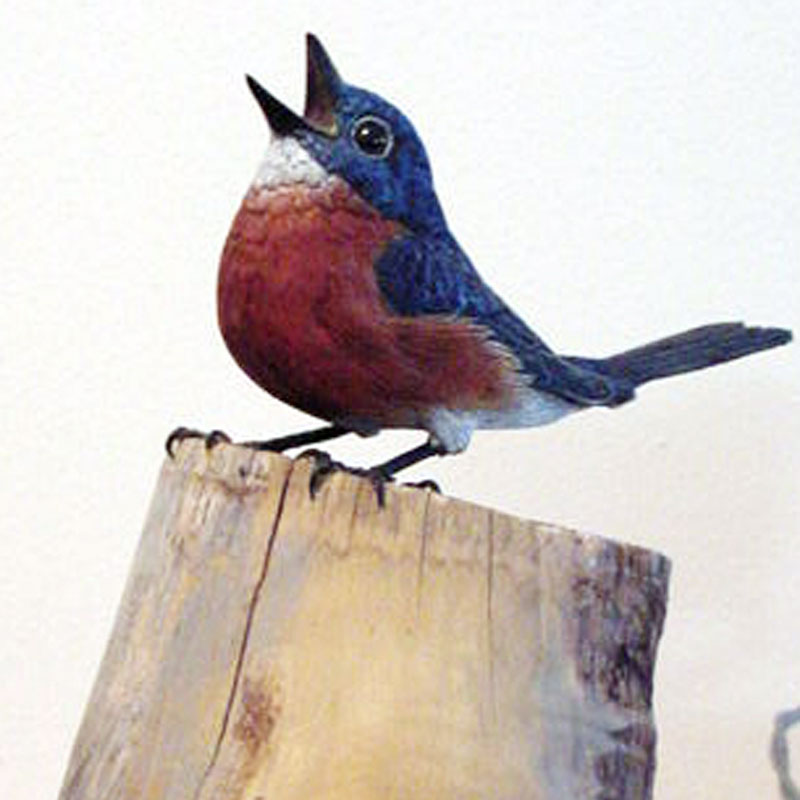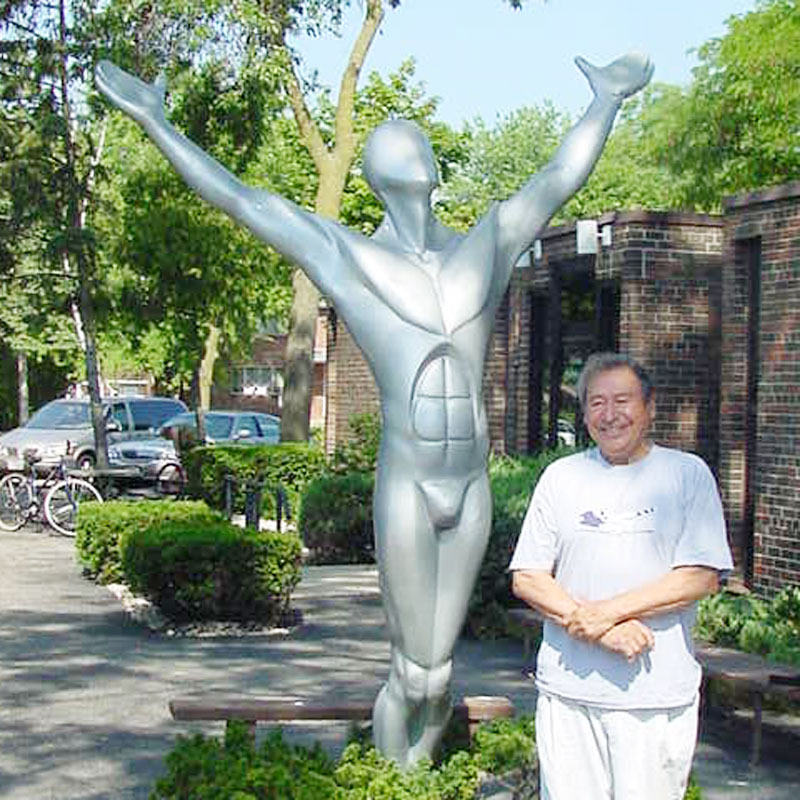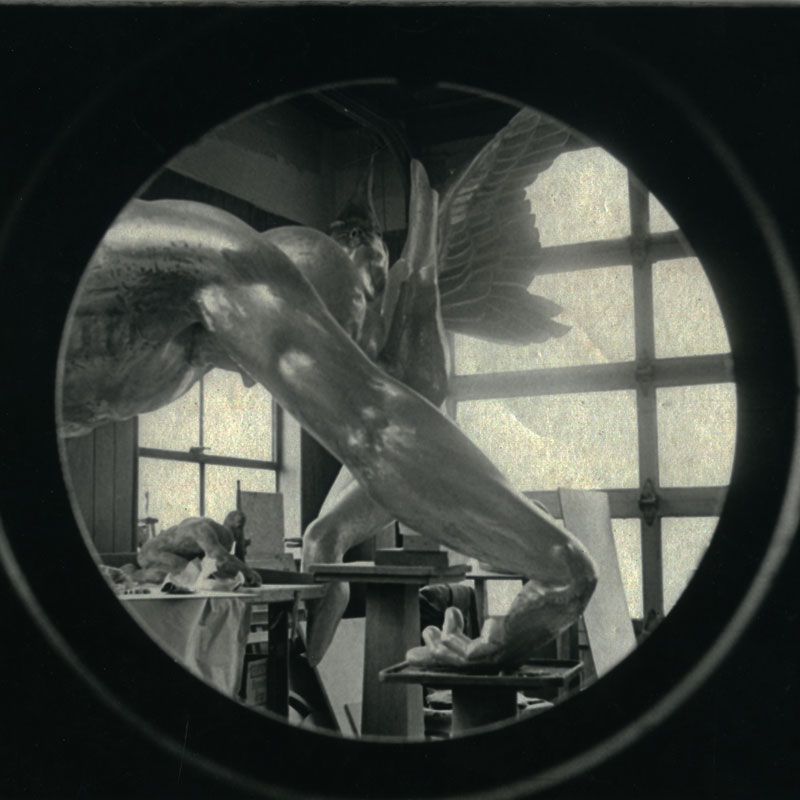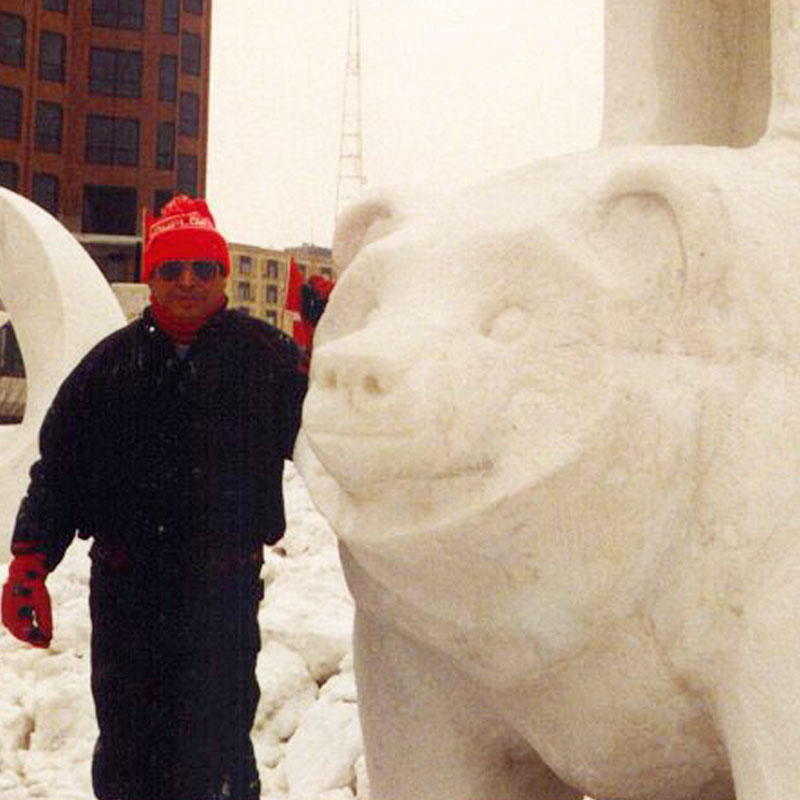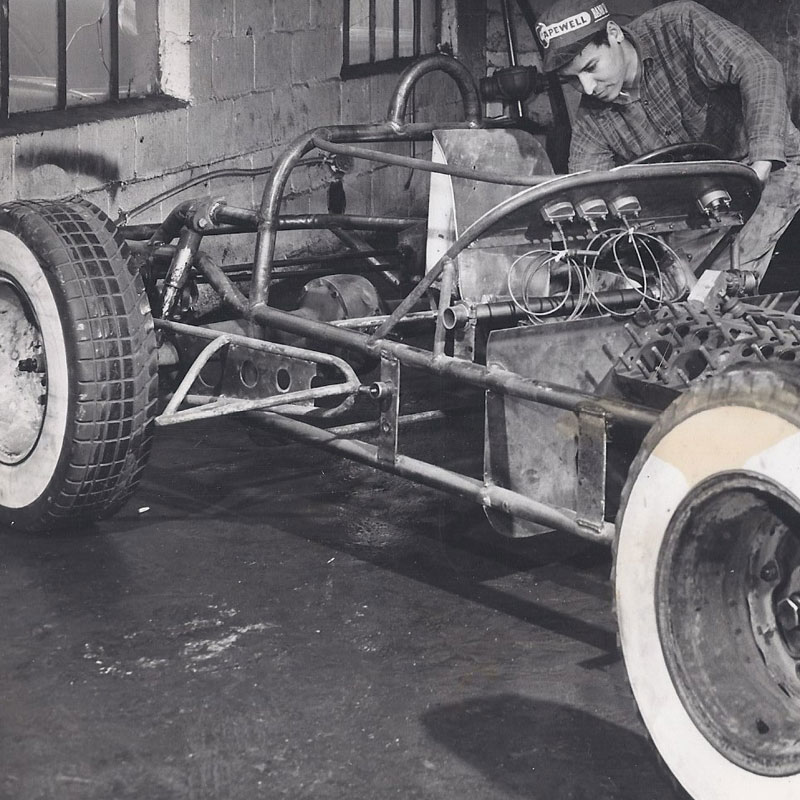Ho Chunk Nation World War 2 Veteran

Sculptor
Painter
Carver
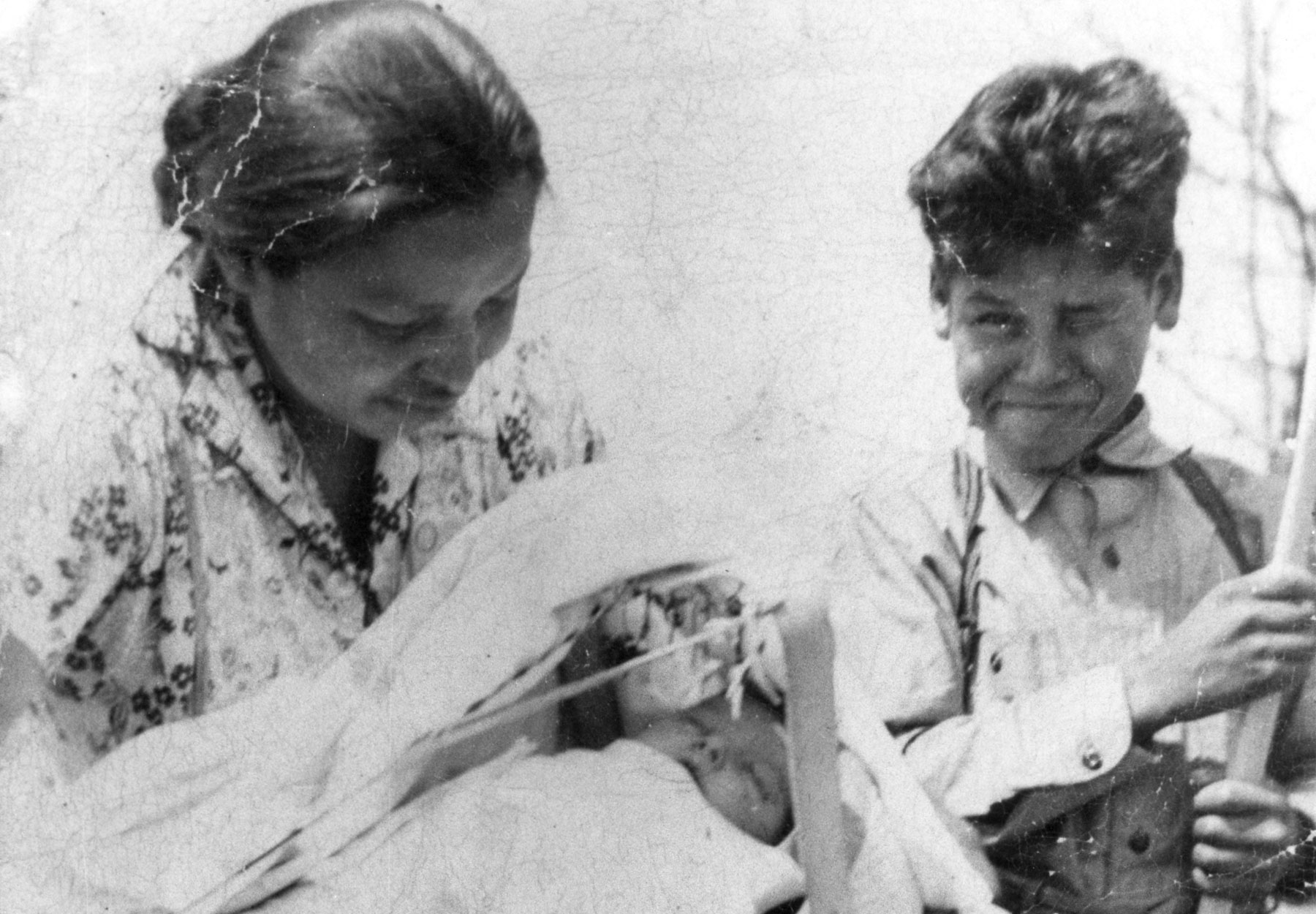
Harry Whitehorse came into this world in a wigwam near the Indian Mission in Black River Falls, Wisconsin, the traditional home of the Ho-Chunk people. His career in art began at an early age as an apprentice to his uncle who was an accomplished silversmith, carver, and artist. He learned to fashion small bits of silver into designs taken from nature, hoping to sell them alongside the more advanced work of his teacher. When Harry was a young child, he attended Tomah Indian Boarding School, as was the custom of the day. There the art teachers observed his alreadyimage well-developed talents and continued to tutor him the areas of oil painting and drawing. The interest in art continued through military service in WWII, where Harry had the opportunity to view the great art museums of the Orient and Europe. This influence convinced Harry to pursue a career in art after his tour of duty.
At the University of Wisconsin, Harry studied human and animal anatomy. He graduated from the Colt School of Fine Arts in Madison, Wisconsin Harry working on metal sculpturewhere he continued to study oil painting in the style of the old masters. He also graduated from a local technical college where he learned welding and metal fabrication. In the 1960’s and 1970’s, Harry’s artistic talent and metal working skills combined to produce a series of metal sculptures which helped him gain prominence in the art world. Eventually, the physical demands of pounding metal forced Harry to turn to other mediums. In the 1980’s Harry carved hundreds of birds and animals from wood for private commissions, yet he still desired to sculpt on a larger scale.
In the 1990’s, Harry developed a sculpting method using epoxies over an armature. Even though larger than life size, the sculptures are relatively light. They can be cast in bronze or finished with oil paints. During the late 1990’s, Harry received several commissions for large wood sculptures that feature strong Native American themes. As the twenty-firsHarry Whitehorset century dawns,Harry continues to spend each day creating art. The key to Harry's art is that it does speak for itself, and it speaks also to the community from which it is created. His carvings, sculptures, and paintings are exceptional: easily understood, expressive of deep emotion, and rooted in a community history and values. For Harry Whitehorse, the closeness to wildlife and his Ho-Chunk heritage are strongly reflected in the fine detail of his brush strokes, in his intricate carvings, and in the cold realism of his metal sculptures.


